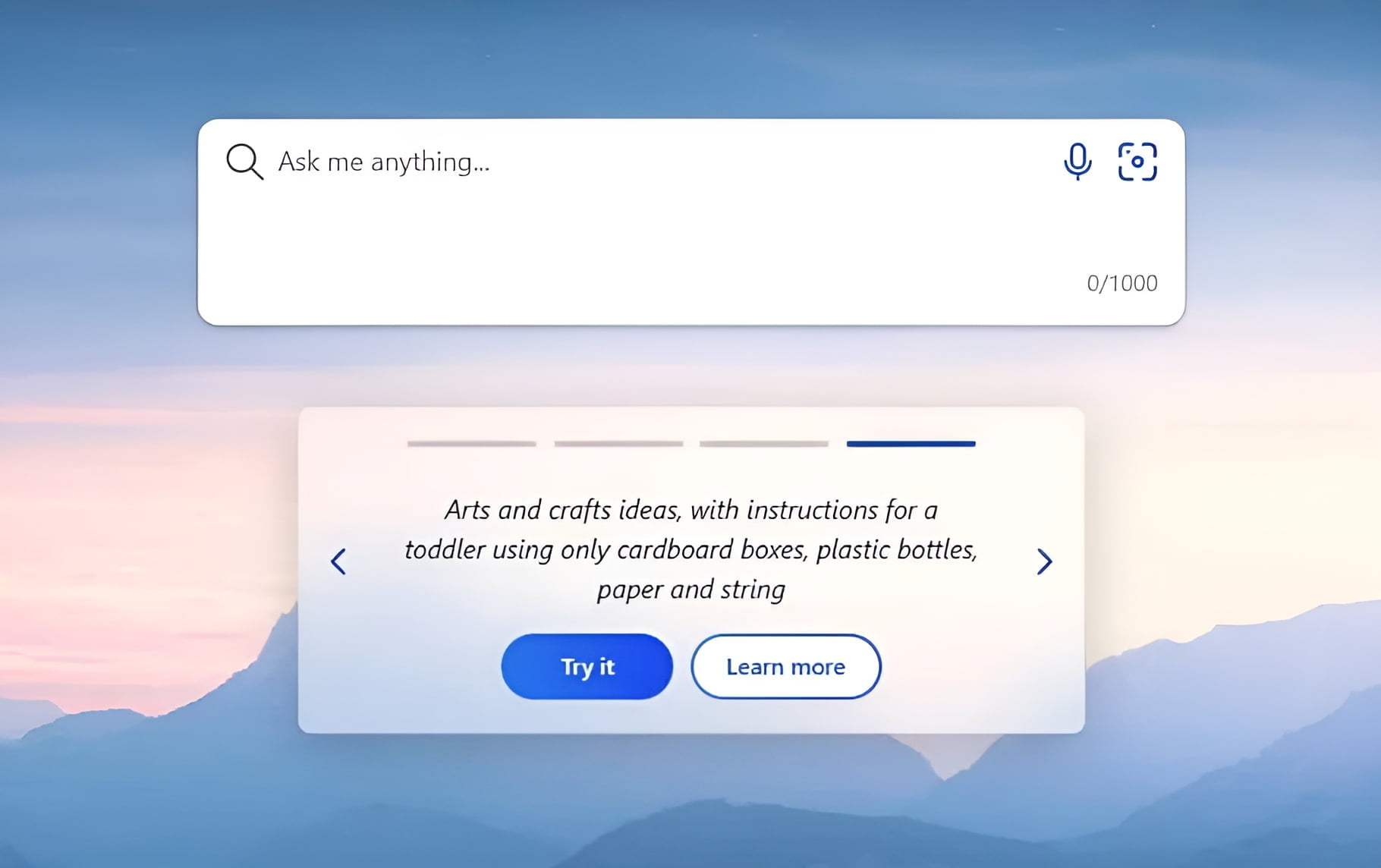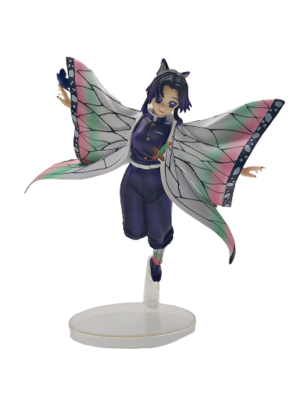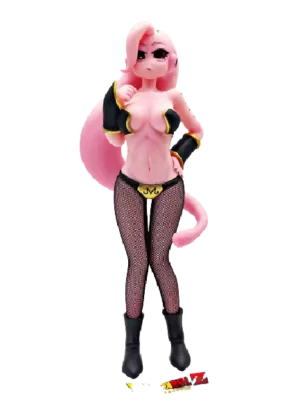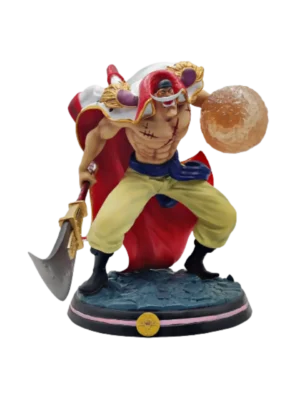life rights mike tyson post798
In “The Hangover Part II,” the sequel to the very successful what-happened-last-night comedy, the character played by Ed Helms wakes up with a permanent tattoo bracketing his left eye. The Maori-inspired design is instantly recognizable as the one sported by the boxer Mike Tyson, which is part of the joke. (Mr. Tyson makes an appearance in both films, playing himself.)

However, over time, Tyson has explained that the tattoo is not meant to be a direct copy of traditional Maori moko but rather a personal interpretation of the design. In an interview with Oprah Winfrey, Tyson stated that the tattoo is meant to represent his own struggles and battles in life, as well as his inner strength and warrior spirit.
Da es Tyson trotz seiner mit dem Boxen verdienten über 300 Millionen Dollar nicht gelang, sich für die Zeit nach seiner aktiven Laufbahn finanziell abzusichern, wurde eine erneute Rückkehr von vielen Beobachtern zunächst nicht ausgeschlossen. Ein Comeback von Tyson fand jedoch nicht statt.
Surely Whitmill is not the only individual to have created some vaguely tribal/polynesian design, but originality is not the issue (Whitmill isn’t suing just anyone with a design similar to his). The real question is that of fair use, which attorneys look at by posing four main questions:
While he would not comment on his case directly, he explained that one could think of the process as a collaboration between the tattooer and the tattooed, “owned by both people, based on the trust that is used to create it.”
In November 2013, Tyson stated “the more I look into the churches and mosques for god, the more I start seeing the devil”. But, just a month later, in a December 2013 interview with Fox News, Tyson said that he is very grateful to be a Muslim and that he needs Allah in his life. In the same interview Tyson talked about his progress with sobriety and how being in the company of good people has made him want to be a better and more humble person.
Tyson’s affinity for exotic pets, particularly his famous pet tiger, can be a fun and fierce addition to your tattoo design. A tiger or lion not only adds a wild element to the artwork but also signifies strength, ferocity, and a touch of unpredictability—traits often associated with Tyson himself. This makes for a visually striking tattoo that embodies the untamed spirit of both the animal and the man.
BoxRec currently ranks Tyson at number 20 among the greatest boxers that had their last fight at heavyweight. In The Ring magazine’s list of the 80 Best Fighters of the Last 80 Years, released in 2002, Tyson was ranked at number 72. He is ranked number 16 on The Ring magazine’s 2003 list of 100 greatest punchers of all time. Tyson has defeated 11 boxers for the world heavyweight title, the seventh-most in history.
While some may view Tyson’s tattoo as controversial or even unprofessional, it’s important to remember that self-expression takes many forms. For some, getting a tattoo is a way to express their creativity and personality, and for others, it’s a way to commemorate a special event or person in their life.
As if Zhilei Zhang wasn’t already intimidating—as if being 6′ 6″ with Thanos-like fists didn’t make your knees rattle, as if back-to-back knockout wins last year over granite-chinned Brit Joe Joyce weren’t enough—on this particular mid-November afternoon, inside a nondescript gun range in northern New Jersey, Zhang has his fingers wrapped around a Sig Sauer P365 XL. Guns, Zhang insists, were never his thing. His trainer, Shaun George, introduced him to recreational shooting a few years ago; Kurt Li, his co-manager, translator and, it turned out, part-time range safety officer, showed him the ropes. The first time he pulled a trigger, his hands trembled.
The turning point in Tyson’s life came around 1980, after he had spent two years at a facility for juvenile offenders in upstate New York. A teacher there introduced him to a local septuagenarian and legendary boxing manager, Constantine “Cus” D’Amato. D’Amato recognized Tyson’s promise, and the teen began training in earnest for the ring. D’Amato also became a father figure for the teen, and even his official legal guardian after his mother died. When Tyson failed to win a spot on the 1984 U.S. Olympic boxing team, he decided to turn professional in early 1985. Over the next year, he knocked out seven other fighters in the first round. He became boxing filipino boxers‘s youngest heavyweight champion when he won a World Boxing Council (WBC) match against Trevor Berbick in November 1986. Four months later, he won the World Boxing Association (WBA) belt, and later in 1987 took an International Boxing Federation (IBF) title.










